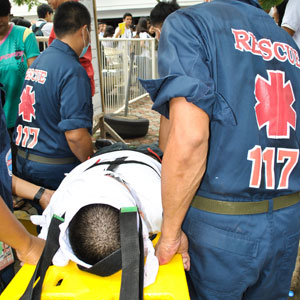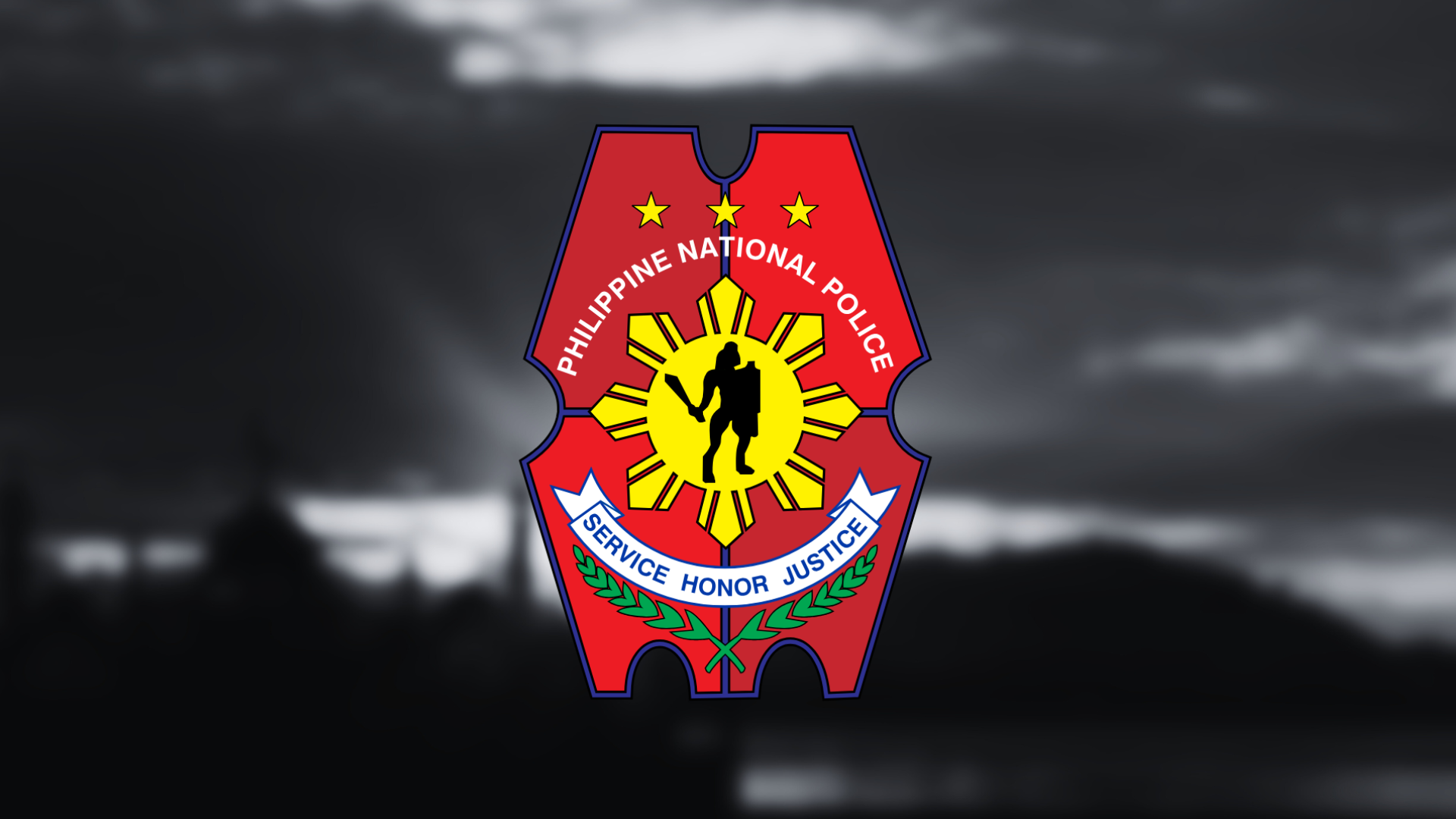 For most corporations, particularly multinational ones, training personnel for emergency and evacuation scenarios is a priceless investment. And we’re not just talking about the average fire and earthquake drills, when the entire building is informed of proper evacuation procedures without harming other people, and knowing the exact location of exits. When it comes to safety, emergency, evacuation, and rescue management, some corporations hire specialists like Rope Access Asia & Consulting Incorporated (RASC), a full-service company specializing in difficult-access jobs, as well as safety, evacuation and rescue training, and consulting.
For most corporations, particularly multinational ones, training personnel for emergency and evacuation scenarios is a priceless investment. And we’re not just talking about the average fire and earthquake drills, when the entire building is informed of proper evacuation procedures without harming other people, and knowing the exact location of exits. When it comes to safety, emergency, evacuation, and rescue management, some corporations hire specialists like Rope Access Asia & Consulting Incorporated (RASC), a full-service company specializing in difficult-access jobs, as well as safety, evacuation and rescue training, and consulting.
“We offer such training and consulting services to any group or individuals. For corporations like Toyota, British school, etc., we charge the full amount,” begins Mon Marchan, founder of RASC and the company’s non-profit, volunteer rescue arm, the High Angle Rescue Team (HART). “For NGOs and volunteer organizations, (we offer our services) free, discounted or subsidized.”
RASC, it must be stressed, is not a rescue organization. Marchan explains, “But RASC integrates rescues in its operations since every team of Rope Access technicians deployed to a project must have rescue capabilities… mostly for self-rescue and one-person rescue using Rope’s systems.”
Some of RASC’s services include Self-Rescue Training for High-Rise Building Residents, Safety at Heights Training for Technicians of a Solar Energy Company, High Angle Rescue Training fire brigades, ERT of companies, PNRC’s ERT and others, Rope Skills Training for Adventure Groups, Disaster Preparedness, Rescue Training for Rope Access Technicians, Rescue Training for Adventure Sports Marshals/Workers and the like.
Marchan trained with the Mountain Search & Rescue Team of the Philippines (Mosart) in 1994. “After the training, I was compelled to pursue being a mountain rescue volunteer with Mosart as I knew that the newly acquired skills can be put to good use. It felt like more of a responsibility to serve.”
Though HART has had very little experience in doing flood or typhoon rescues since they specialize mostly in high angle jobs, the severity of past typhoons like Ondoy perhaps calls for their group’s involvement. Marchan remarks, “Floods now are becoming more disastrous, maybe we need to be more involved, specifically for deep running water rescue. We can be more helpful in the training aspect. So the locals will be trained, equipped and ready when great floods occur. I prefer to train than to respond to flood rescues. This way, more groups will be rescue capable. We can concentrate more on complex high-angle /difficult access situations.”
Sidebar:
HART’s SOP During Rescue Operations—A Rundown
- Coordination with site people (if possible).
- Assessment if HART can be of value-added assistance to the rescue response (if its expertise is needed).
- Advise to team members that a response and deployment may be needed. Those available will prepare.
- Preparation of team equipment.
- Validation if HART’s involvement is needed.
- Deployment to site.
- Report to Incident Commander (IC) and wait for IC’s assignment/instructions
- Conduct the search & rescue operation(s) with IC approval. Locate subjects, access, stabilize, transport.
- Site debriefing. (If there is no IC, we exert all efforts to coordinate properly with other groups and agencies).
- Report and debriefing in headquarters, including those who did not join operation.






